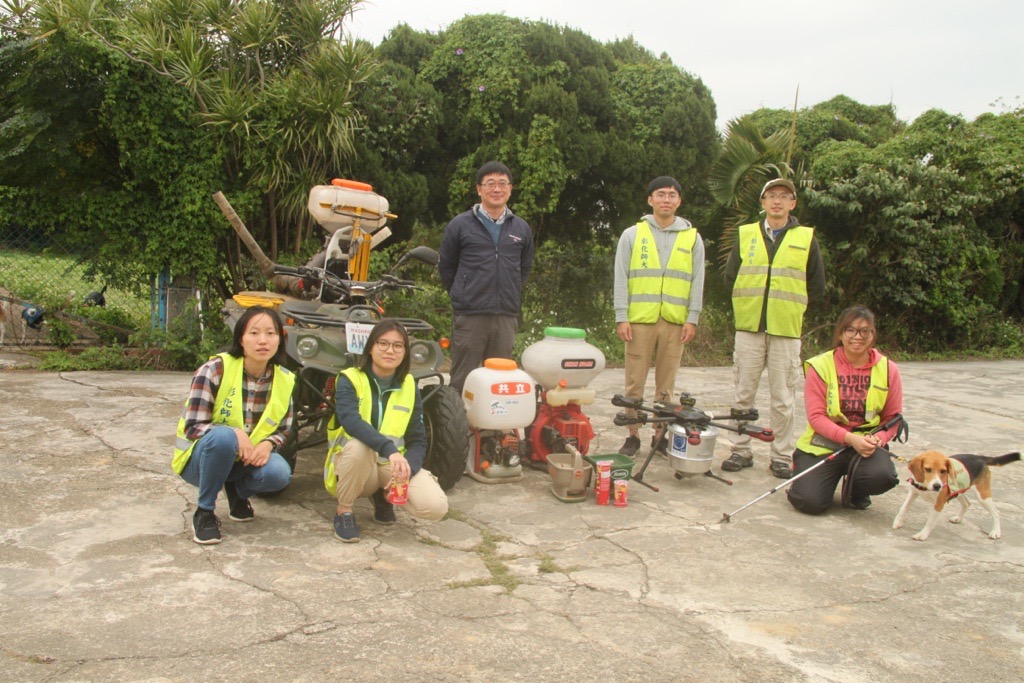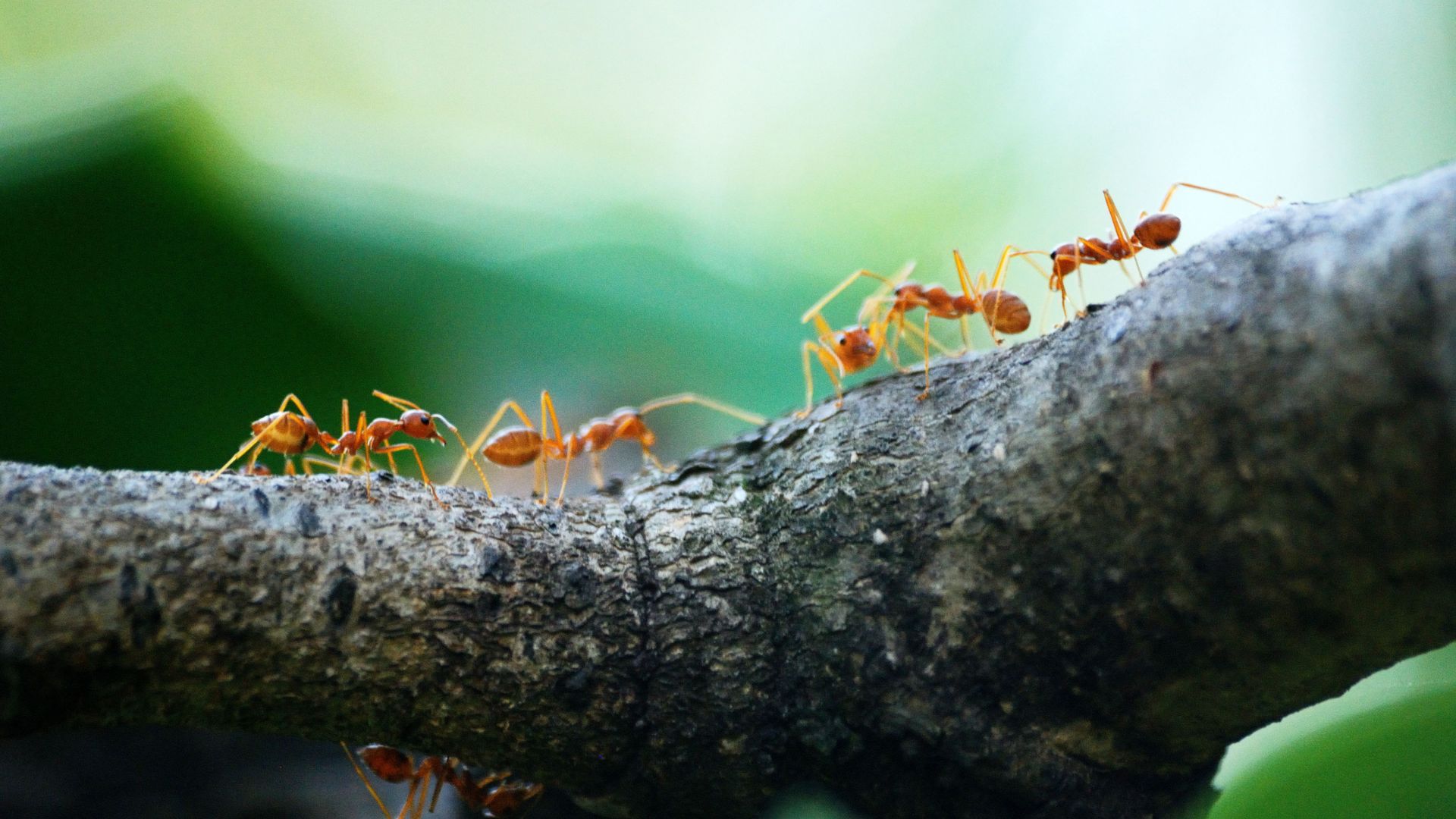A Pioneer in the Microscopic World: Building the Foundation of Ant Taxonomy in Taiwan
In the field of biodiversity research, social insects have long occupied a unique niche. Compared to the dazzling wings of butterflies or the armored strength of beetles, ants—only a few millimeters in length—are often overlooked in scientific inquiry due to their diminutive size. Yet Professor Chung-Chi Lin, Distinguished Professor of Biology at National Changhua University of Education, has spent over three decades turning scattered records into a systematic biological atlas of Taiwan’s ants.
Through meticulous microscopic dissections and molecular barcoding techniques, Professor Lin and his team have cataloged nearly 300 ant species in Taiwan—including more than 20 newly discovered species globally—and clarified the evolutionary branches of subtropical island ants, such as the invasive Dolichoderus thoracicus. This foundational work not only fills a biogeographic gap in East Asian myrmecology, but also provides a crucial scientific basis for future responses to ecological crises.
 “Dr. Ant” Chung-Chi Lin insists on conducting field collection and investigation. Recently, he has established a “Cross-Border Ant Infestation Early Warning System” in collaboration with Japan and Southeast Asian countries.
“Dr. Ant” Chung-Chi Lin insists on conducting field collection and investigation. Recently, he has established a “Cross-Border Ant Infestation Early Warning System” in collaboration with Japan and Southeast Asian countries.
A Silent War in a Globalized World: Scientific Interpretation of Red Imported Fire Ant Invasion
In the autumn of 2003, an unusual ant mound discovered by a farmer in Taoyuan and reports of red ants stinging humans marked the beginning of a 20-year-long biosafety campaign. Morphological classification and mitochondrial DNA sequencing confirmed the invasive species as Solenopsis invicta, one of the world’s top 100 invasive species. Genetic similarities revealed a close relation between the Taiwan and North American populations, with international shipping containers identified as the primary pathway.
“The spread of red imported fire ants is a dark consequence of global trade,” Lin noted. These ants can cross geographic boundaries hidden in container soil and survive floods by forming floating rafts to protect their queen and brood—making Taiwan’s rainy climate a facilitator of their spread.
Over the years, Lin’s team has contributed to the development of multiple monitoring and control technologies. These include a Multispectral Detection System for fire ant nests using drones equipped with multispectral cameras to rapidly identify spectral differences across large areas, and detection dogs trained to locate hidden nests in nurseries and under containers. Control methods developed by the team—such as large-scale bait dispersal using agricultural drones, and physical treatments like dry ice in organic farmlands—have been incorporated into the Ministry of Agriculture’s standard operating procedures, aiding government and communities in effective mitigation.
 The research team of Professor Chung-Chi Lin from the Department of Biology at National Changhua University of Education
The research team of Professor Chung-Chi Lin from the Department of Biology at National Changhua University of Education
From Laboratory to Policy: Interdisciplinary Applications of Social Insect Research
In recent years, Professor Lin has focused on translating foundational science into tools for ecological governance. Responding to the decline of native ant species caused by climate change and human disturbance, his team analyzed over two decades of ecological monitoring data. They found that some Dolichoderus ants, due to degraded habitat resources, are shifting from forests to human settlements. This migration pattern unexpectedly gave rise to the study of streetlight ecology, as artificial lighting appears to guide the ants’ movement.
Behavioral experiments revealed that reproductive ants (alates) show a strong phototactic response to blue light in the 450–500 nm range, explaining their tendency to swarm around LED streetlights during nuptial flights. This discovery laid the theoretical foundation for ECOridge Ecological Lighting Technology, an innovation by OptiLight that integrates optics and biology to create lighting designed from the perspective of wildlife.
 LEOTEK ECOridge Ecological Lighting
LEOTEK ECOridge Ecological Lighting
Meeting international standards for wildlife-friendly lighting—such as Hawaii’s requirement for blue light content below 2%—this technology aligns with outdoor lighting principles set by the IUCN and International Dark-Sky Association, minimizing ecological disruption. The system also incorporates AI-powered maintenance and warning functions, offering smart, eco-sensitive lighting for parks, trails, coastal roads, national forest recreation areas, and biodiversity hotspots.
“Insect science has never been confined to the microscope,” said Professor Lin. From fire ant management to light pollution control, his work integrates biology, ecology, behavior science, photophysics, and smart sensing technologies.
 ECOridge Ecological Lighting Assists Kaohsiung in Controlling Technomyrmex albipes (White-Footed Ant) Infestations
ECOridge Ecological Lighting Assists Kaohsiung in Controlling Technomyrmex albipes (White-Footed Ant) Infestations
The Micro and the Macro of Sustainability Science: An Island’s Ecological Narrative
From decoding the tiny lives of ants to unraveling the ecological impact of global trade networks, Professor Chung-Chi Lin’s career illustrates the transformative power of basic science. While the scientific community increasingly embraces gene editing and AI simulation, this “Ant Doctor” remains dedicated to field collection and observation.
He recently helped establish a transnational early-warning system for invasive ant threats with partners in Japan and Southeast Asia—transforming Taiwan’s expertise into a regional biosecurity network. In an era when climate change accelerates biological invasions, Lin’s ant research serves as a living codebook for understanding the survival strategies of small life forms—writing, in a different language, the sustainability story of an island.
- Project Leader: Professor Chung-Chi Lin
- Experiment and Development: Senior Engineer, Clement Lee
- Experimental Product: ECOridge Ecological Light






-.jpg)
